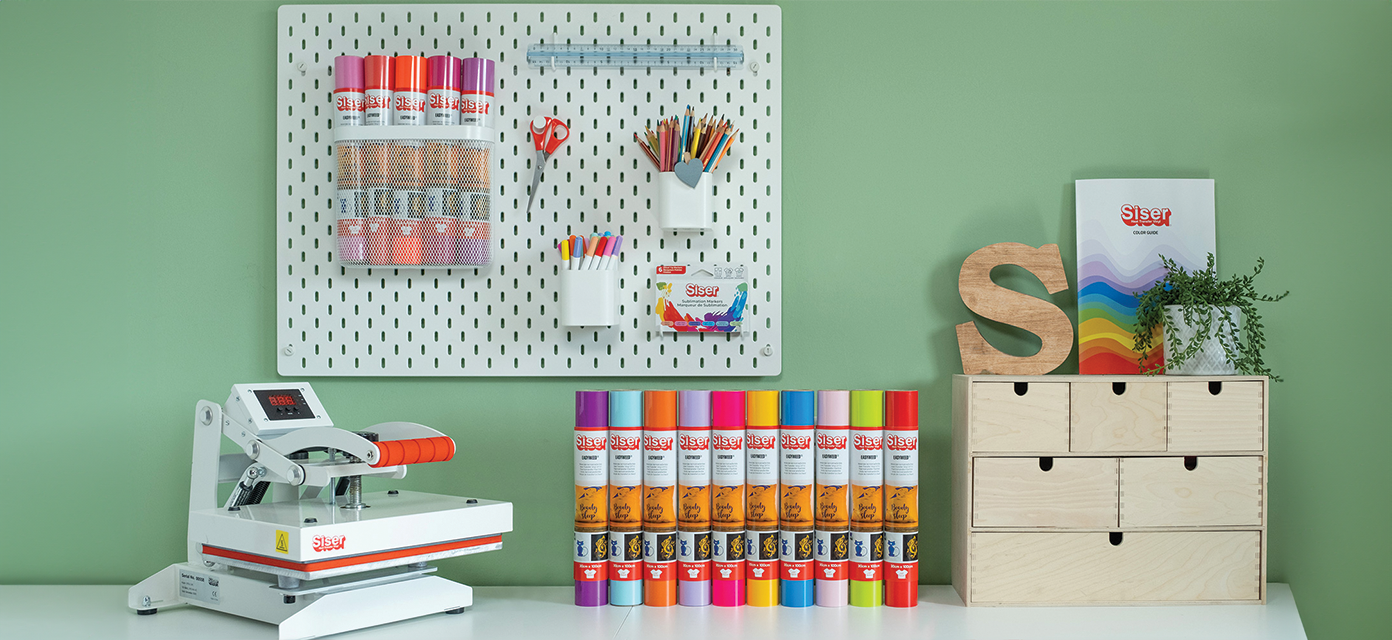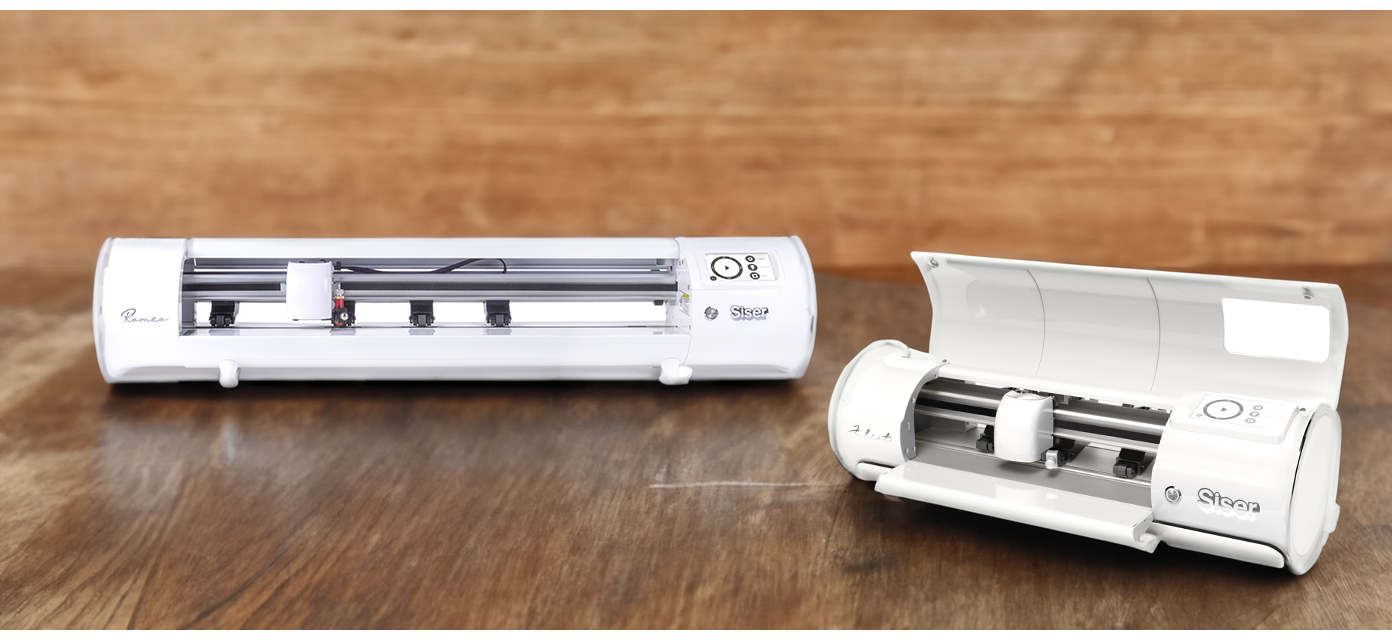Discover the unrivalled self-healing technology of Paint Protection Film (PPF).
PPF is an invisible transparent film meticulously crafted to safeguard vehicle paintwork from scratches, chips, and various damages. With a wide selection available, including glossy, matte, and even a sleek gloss black option.
In the last decade, the world of heat transfer has surged in popularity, capturing the imagination of enthusiasts everywhere. It's not hard to see why – the market now offers a plethora of diverse vinyl materials, essentially turning imagination into reality.
The power to customise, personalize, and craft with unparalleled ease has never been more attainable. Yet, amid this creative renaissance, it's evident that the realm of Heat Transfer Vinyl (HTV) can be a tad overwhelming for newcomers. Fear not, for we've assembled a user-friendly, step-by-step guide tailored to kickstart your journey into the exciting world of HTV crafting. Whether you're a curious beginner, aspiring creator or budding entrepreneur, this guide is here to pave your way.
Materials Needed:
· Heat Transfer Vinyl (HTV) sheets in your chosen colors
· Vinyl Cutter
· Garment (T-shirt, hoodie, etc.)
· Heat press machine or Iron
· Weeding tools (tweezers, weeding hook, etc.)
· Teflon sheet or parchment paper
· Leonardo Design Software
Step-by-Step Guide:
1. Design Creation:
Import your creation into the Leonardo design software and make adjustments as required . Make sure to mirror the design before sending the design to the cutter. For digital print projects, the design does not need to be mirrored.
2. Cutting the HTV:
Load the HTV onto a vinyl cutter with the shiny side down. Follow the machine's instructions to cut your design. (Make sure to do a test cut) Once the cutting is complete, carefully peel away the excess vinyl, leaving only your design on the clear plastic carrier sheet.
3. Weeding:
Use weeding tools (tweezers, weeding hook) to remove the small pieces of vinyl from within and around your design. This process is called "weeding." Be patient and precise to ensure your design looks clean and sharp.
4. Preparing the Garment:
Place the garment on the heat press, ensuring it's flat and free of wrinkles. We also recommend that you pre-press your garment to remove any moisture. If you're working with a multi-layer design, you press the base layer before adding additional layers.
5. Applying the Design:
Place the weeded HTV design onto the garment with the carrier sheet facing up. The design should appear correctly when you look at it. Position it according to your preferences and any alignment marks you've made.
Heat Press Settings
Consult the heat transfer vinyl manufacturer's instructions for recommended settings. In general, set your heat press to the appropriate temperature and time. Preheat the garment for a few seconds to remove moisture and wrinkles.
Click here to see the Siser material guide and heat settings
7. Pressing:
Place baking paper over the HTV design to protect it and the heat press. Close the heat press gently but firmly, applying even pressure. The heat and pressure will cause the HTV adhesive to bond with the fabric.
8. Cooling and Peeling:
After the pressing time is up, open the heat press and carefully peel off the carrier sheet while it's still warm. Be cautious not to burn yourself. If any part of the design begins to lift, lay the carrier sheet back down and press for a few more seconds.
Allow the garment to cool completely. Once it's cooled, your HTV design should be permanently adhered to the fabric.
Post-Press Care:
Always follow the manufacturer's care instructions for your HTV. In general, turn the garment inside out before washing, use mild detergents, and avoid using bleach or fabric softeners. Hang dry or use low heat in a dryer to prevent the design from deteriorating.
Starting a heat transfer journey offers a range of benefits that cater to different interests and goals. Whether you're looking for a creative outlet, a way to make gifts more meaningful, or an opportunity to turn your passion into profit, HTV projects can provide a fulfilling and enjoyable path.









